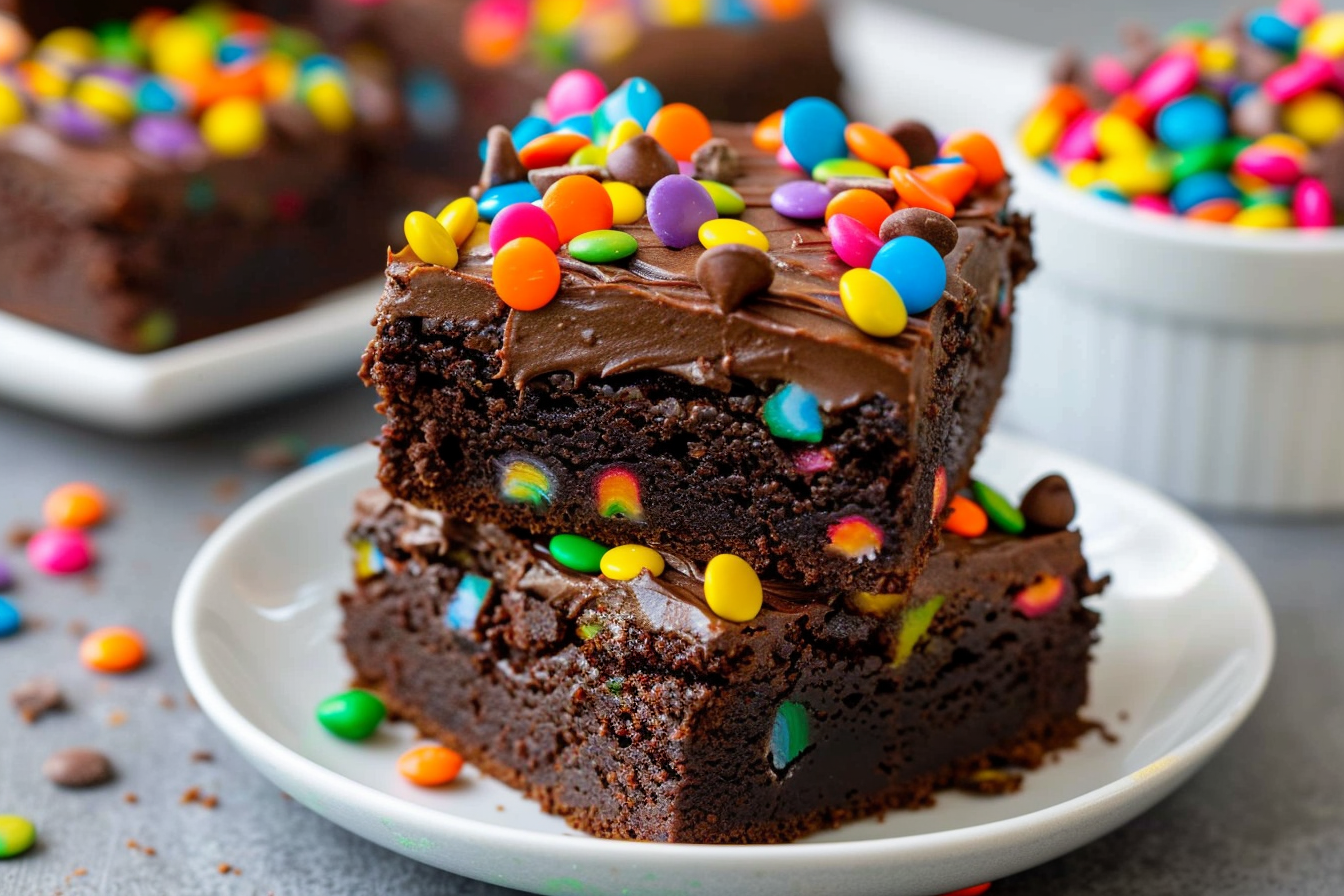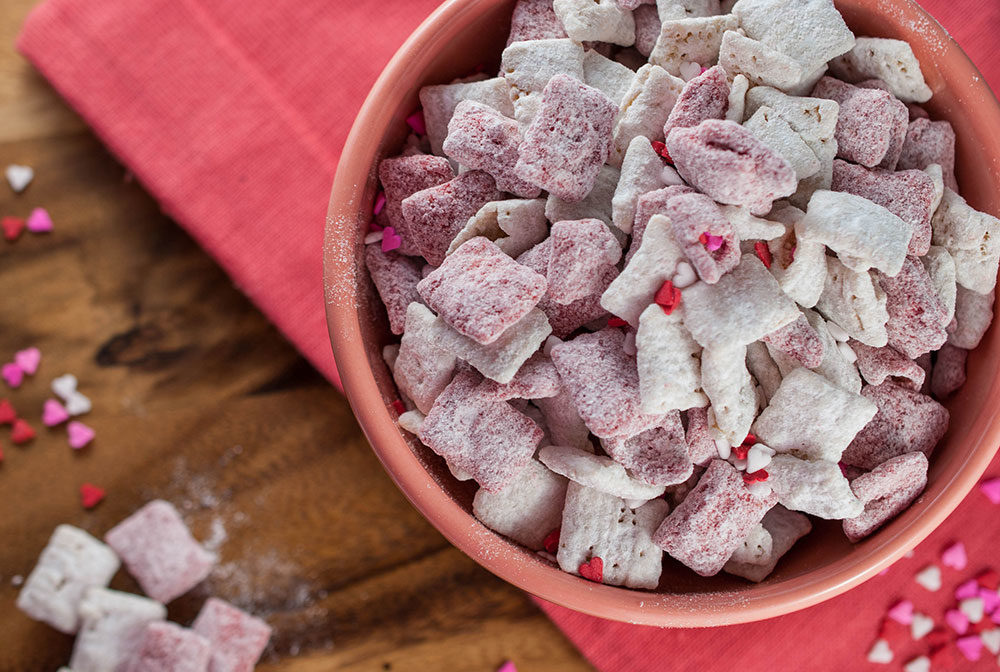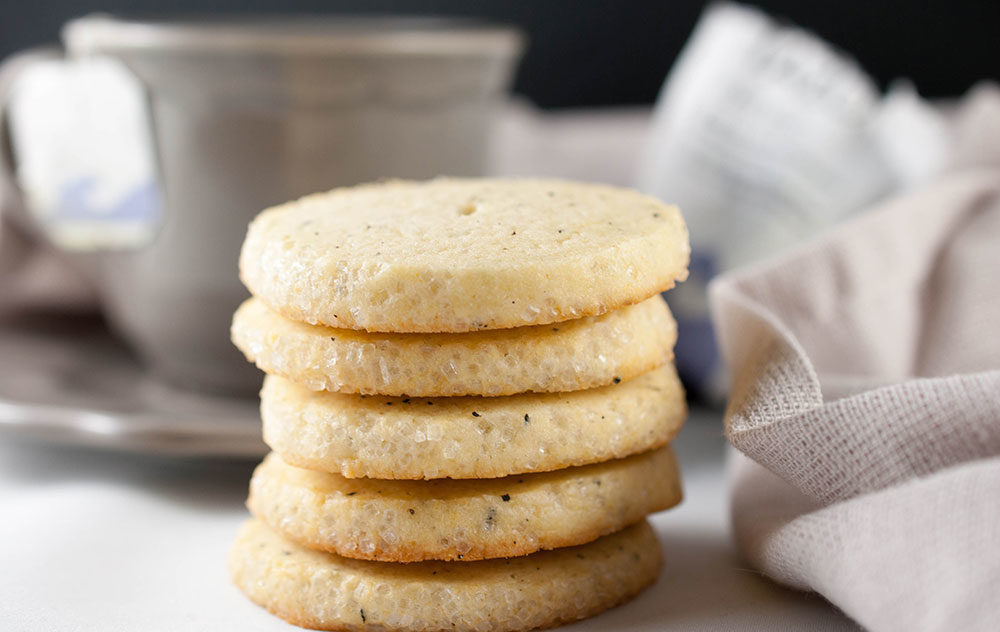What makes a fudgy brownie recipe different from a cakey one? Brownies are more than just a chocolate treat—they’re a texture preference, a craving, and honestly, a bit of a baking obsession. Maybe you lean toward the deep chew of a dense, chewy brownie recipe. Or perhaps you prefer that soft crumb of cakey brownies, like biting into a slice of chocolate cake in bar form. Either way, it all comes down to ingredients, mixing techniques, and baking time. Let’s break it down so you can master your favorite style.
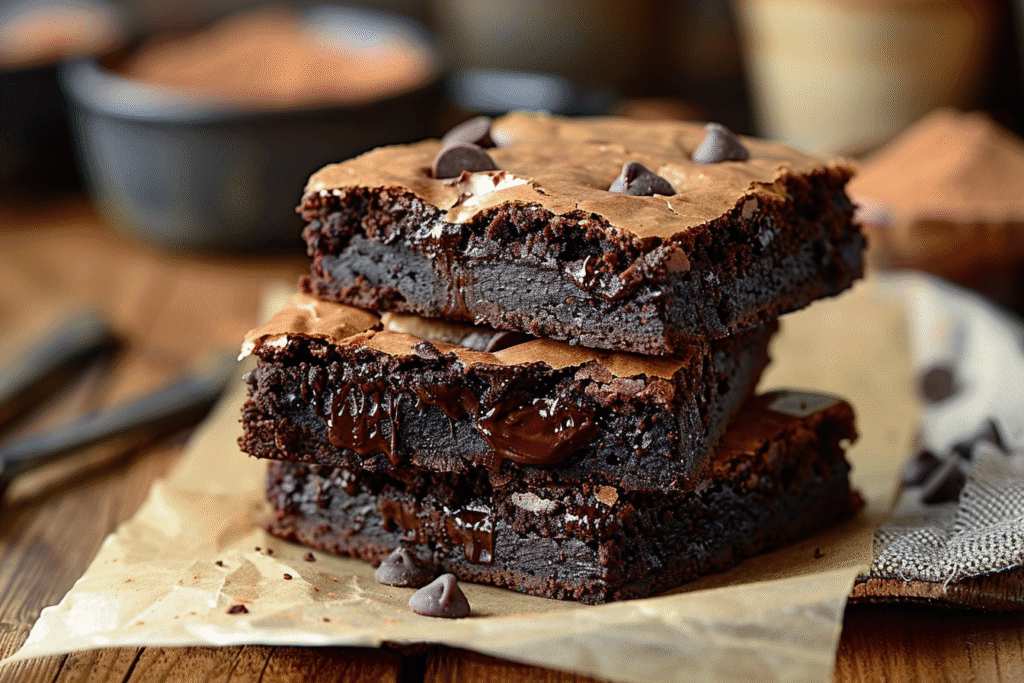
What Defines a Fudgy Brownie vs a Cakey Brownie?
Fudgy brownies are:
- Dense and rich
- Moist with a chewy center
- Packed with intense chocolate flavor
The key to a great fudgy brownie recipe lies in the fat-to-flour ratio—more butter or oil, plus the use of melted chocolate. These choices reduce structure and increase gooeyness. Minimal leavening keeps them low-rise and decadent.
Cakey brownies, on the other hand, are:
- Light and fluffy
- Crumbly but moist
- Higher-rising with more structure
To achieve that airy crumb, a cakey brownie uses more flour, more eggs, and often a leavening agent like baking powder. The batter gets more mixing to add air—essential for that cake-like finish.
If you’re curious how these textures show up in real bakes, try these examples: Banana Bread Brownies offer a hybrid experience—moist and dense like banana bread but with a brownie’s richness, leaning more cakey. On the flip side, Cosmic Brownies bring that thick, fudgy bite and glossy ganache topping we all loved in lunchboxes—pure fudgy nostalgia.
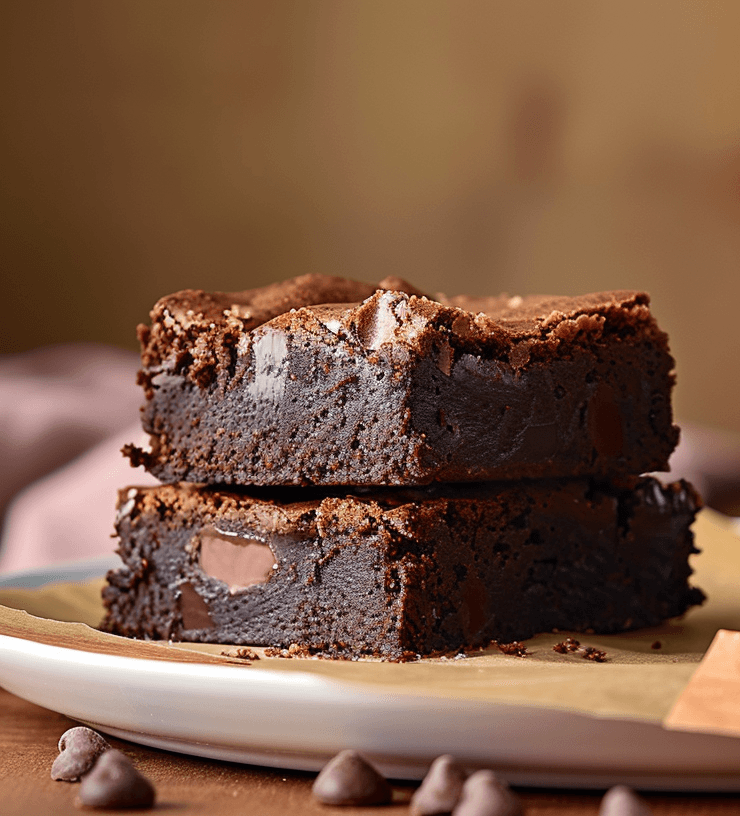
The Role of Ingredients in Brownie Texture
Getting the texture right starts with understanding how ingredients behave:
- Fat: More fat (butter/oil) makes a fudgy brownie recipe more gooey and rich.
- Flour: Less flour = denser brownie. More flour = cakier texture.
- Eggs: Extra eggs give structure and volume to cakey brownies. Fewer eggs, or just yolks, enhance richness for fudgy ones.
- Chocolate vs Cocoa: Melted chocolate contributes to moistness and depth. Cocoa tends to make brownies lighter and a bit drier.
- Sugar: Not just for sweetness—sugar holds moisture and creates that shiny, crackly top.
Mixing Techniques for Fudgy vs Cakey Brownies
Even if your ingredients are spot-on, how you mix the batter determines whether you get chewy brownie success or something closer to chocolate sponge:
- For fudgy brownies: Stir gently. Avoid overmixing so you don’t whip in air.
- For cakey brownies: Whisk or beat longer to incorporate air, giving the batter lift.
The science matters. Mix too aggressively for fudgy brownies, and you’ll accidentally make them cakier than intended. But under-mix a cakey brownie and you’ll miss that light bite.
If you want to dive deeper into baking techniques, check out this guide from King Arthur Baking—a trusted source for everything from chewy to cakey brownie recipe variations.
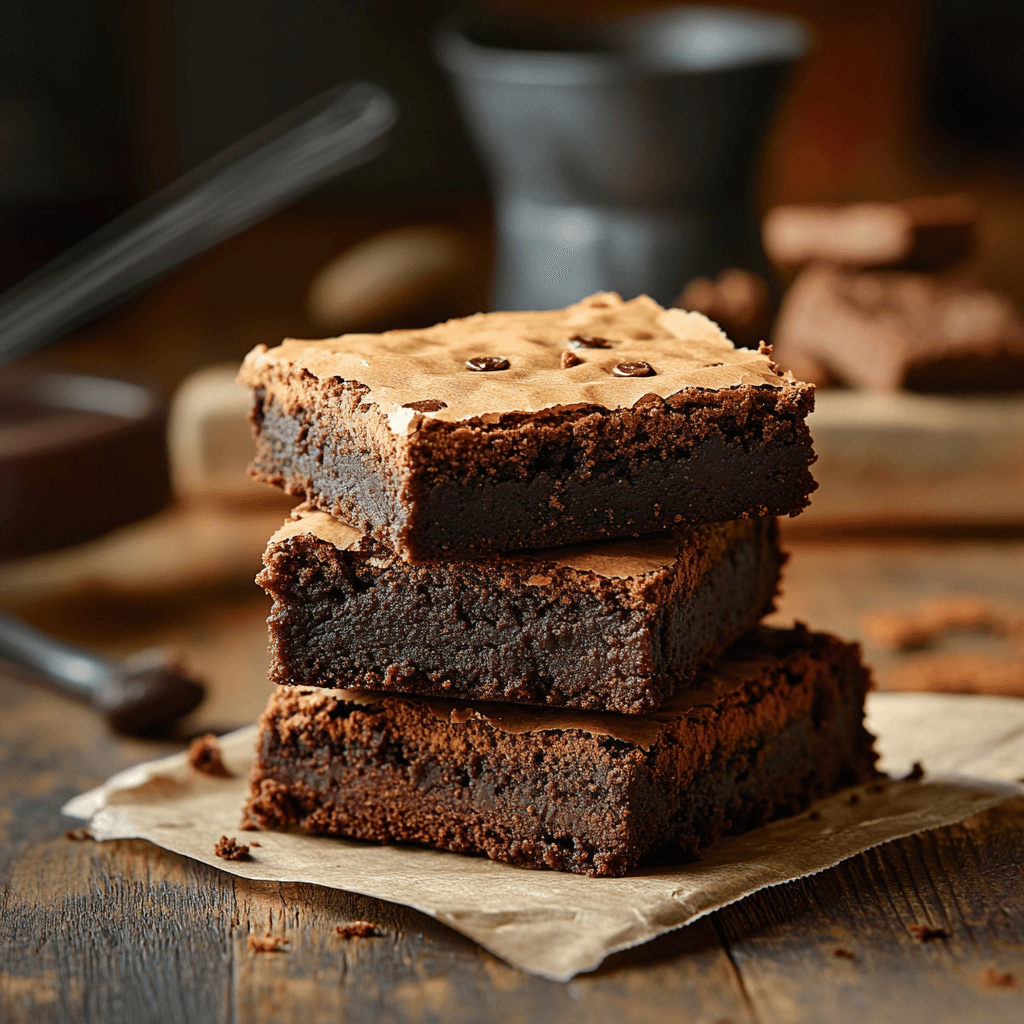
Final Thoughts on Brownie Perfection
At the end of the day, nailing the perfect brownie—whether chewy, fudgy, or cakey—is about tweaking the balance. Change one element, and you shift the whole texture. Now that you understand what sets a fudgy brownie recipe apart from cakey brownies, you’re ready to experiment.
Still can’t choose? Make a batch of both and conduct a taste test. No wrong answers—just chocolate.
And here’s something to keep in mind: taste isn’t everything—texture leaves a memory. A chewy brownie recipe might satisfy your need for something rich and dense, while cakey brownies can feel almost nostalgic, reminiscent of birthday cake in a compact square. That’s why it’s worth trying both and even mixing things up.
Want to challenge your baking instincts? Try creating a pan that has fudgy centers and cakey corners. It’s the perfect middle ground—and honestly, it’s where most brownie lovers find bliss.
For more tips and home-baking inspo, swing by the Smily Recipes Homepage and explore the sweet world of brownies, cookies, and beyond.

